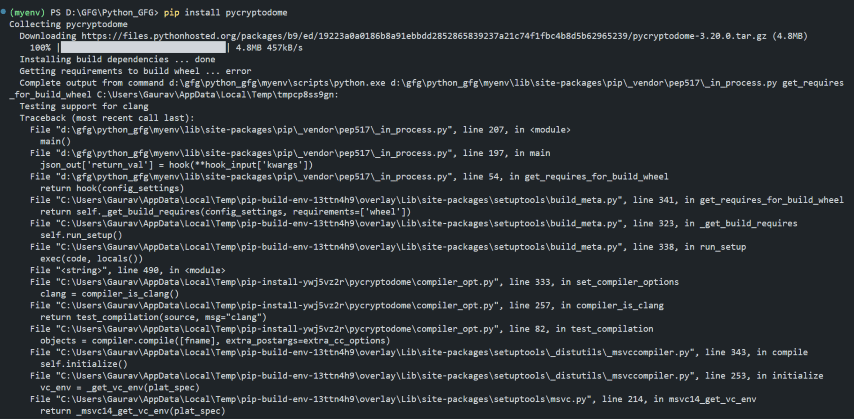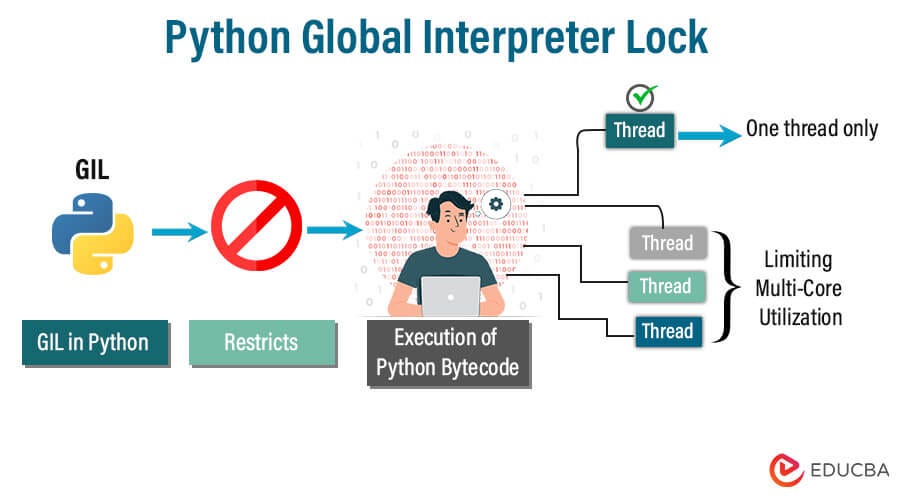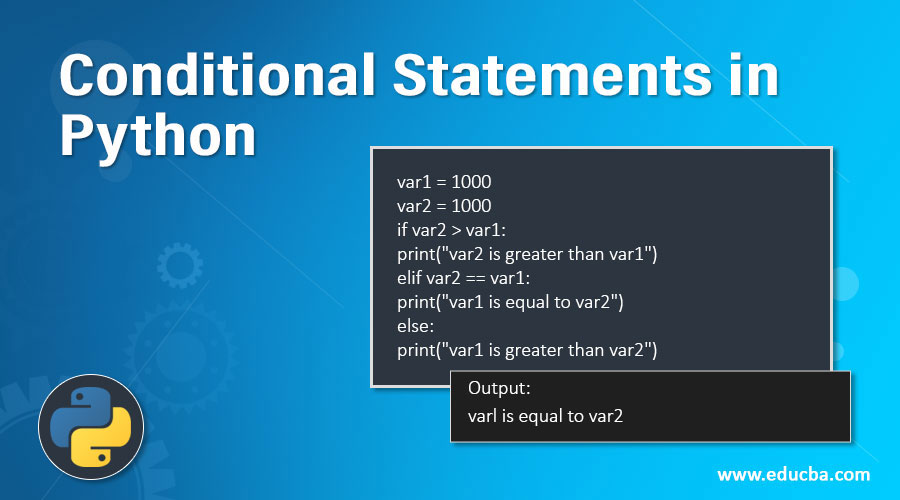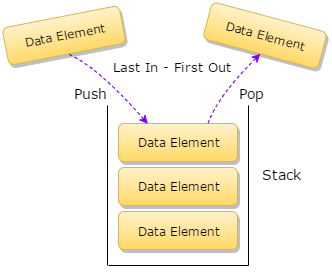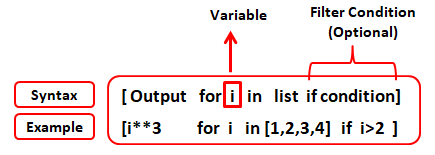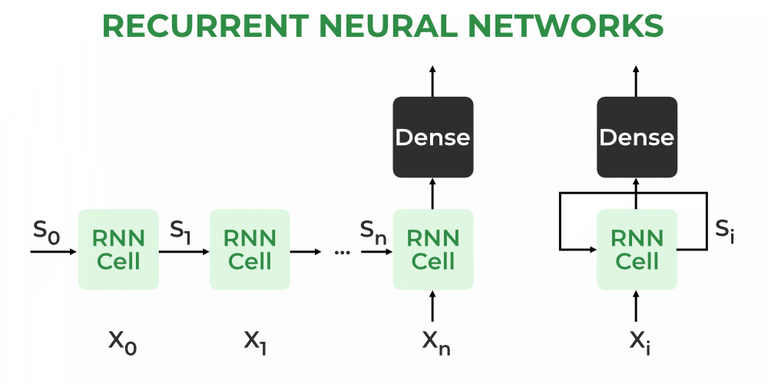Do for loops exist in Python?
Do for loops exist in Python?

I'm happy to help you with that!
In Python, the answer is yes! For loops do indeed exist and are a fundamental construct in the language.
A for loop in Python is used to iterate over a sequence (such as a list, tuple, or string) and execute a block of code repeatedly. The basic syntax is:
for variable_name in iterable:
code to be executed
The variable_name takes on the value from the iterable (the thing being looped over) each time through the loop.

Let's take an example. Suppose we have a list of numbers and want to print each one:
numbers = [1, 2, 3, 4, 5]
for number in numbers:
print(number)
When run, this code would output:
1
2
3
4
5
Python's for loop can also be used with other types of iterables, such as strings or dictionaries. For instance, if we had a string and wanted to print each character:
word = "hello"
for letter in word:
print(letter)
The output would be:
h
e
l
l
o
For loops can also be used with the range() function to loop over a range of numbers. This is often useful when you need to iterate over a specific number of iterations, rather than looping over an existing sequence.
Here's an example using range():
for i in range(5):
print(i)
This code would output the numbers 0 through 4:
0
1
2
3
4
In addition to these basic uses, Python's for loop has several other features that make it powerful. For instance, you can use the enumerate() function to get both the index and value of each item in a sequence:
fruits = ['apple', 'banana', 'cherry']
for i, fruit in enumerate(fruits):
print(f"{i}: {fruit}")
This code would output:
0: apple
1: banana
2: cherry
Finally, it's worth noting that Python has other types of loops as well, such as while loops and try/except blocks with a loop. These are used in different contexts, but all contribute to the richness of the language.
I hope this helps! Do you have any specific questions or use cases you'd like me to elaborate on?
How do you loop a Python code?
I'd be happy to explain how to loop in Python!
In Python, loops are used to execute a block of code repeatedly for a specified number of times or until a certain condition is met. There are several types of loops in Python: for loops, while loops, and range-based for loops.
For Loops
A for loop is used when you need to iterate over a sequence (such as a list, tuple, or string) and perform an action on each item. The basic syntax for a for loop is:
for variable in iterable:
do something with variable
Where variable is the name given to the current item being processed, and iterable is the sequence you want to iterate over.
For example, let's say you have a list of numbers and you want to square each number:
numbers = [1, 2, 3, 4, 5]
squared_numbers = []
for num in numbers:
squared_numbers.append(num ** 2)
print(squared_numbers) # Output: [1, 4, 9, 16, 25]
In this example, the for loop iterates over the numbers list and assigns each number to the num variable. The code inside the loop squares each number and appends it to the squared_numbers list.
While Loops
A while loop is used when you need to repeat a block of code until a certain condition is met. The basic syntax for a while loop is:
while condition:
do something
Where condition is a boolean expression that determines whether the loop should continue or stop.
For example, let's say you want to keep asking the user for their name until they enter "quit":
name = input("Enter your name (or 'quit' to exit): ")
while name != 'quit':
print(f"Hello, {name}!")
name = input("Enter your name (or 'quit' to exit): ")
In this example, the while loop continues to ask for the user's name until they enter "quit". The code inside the loop prints a greeting message and then asks for their name again.
Range-Based For Loops
A range-based for loop is used when you need to iterate over a specific range of numbers. The basic syntax for a range-based for loop is:
for variable in range(start, stop):
do something with variable
Where start and stop are the starting and ending points of the range.
For example, let's say you want to iterate over the numbers 1-5:
numbers = []
for i in range(1, 6):
numbers.append(i)
print(numbers) # Output: [1, 2, 3, 4, 5]
In this example, the for loop iterates over the range from 1 to 5 and assigns each number to the i variable. The code inside the loop appends each number to the numbers list.
These are the basics of looping in Python! With these types of loops, you can write efficient and readable code that handles complex tasks.

